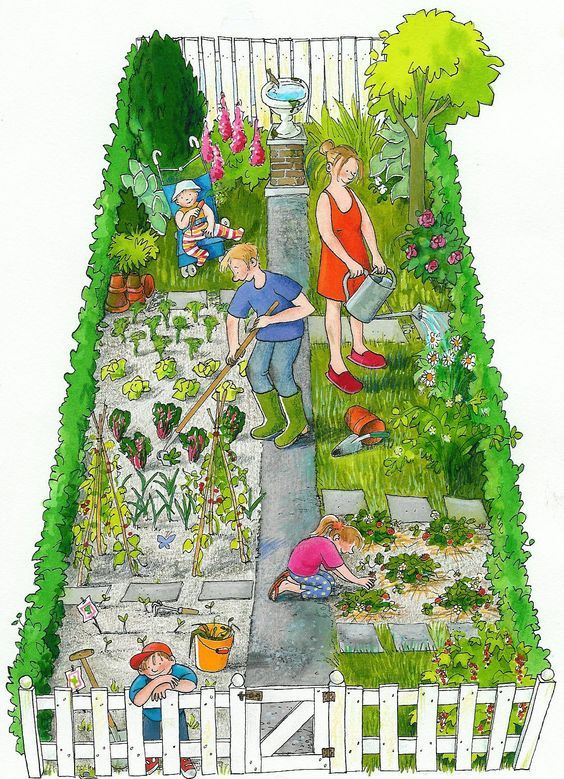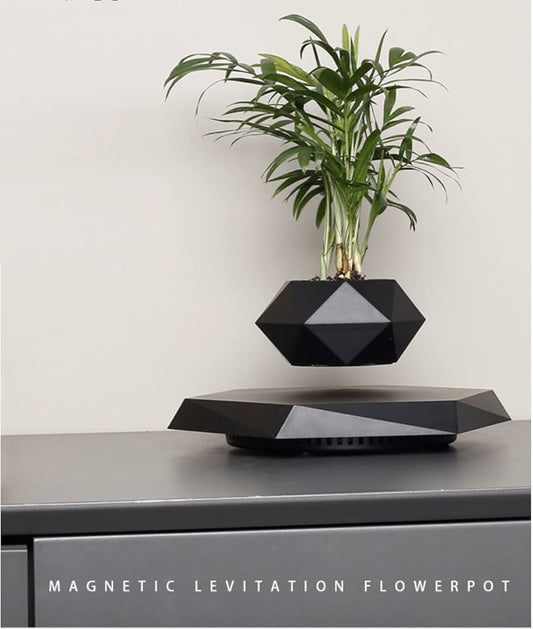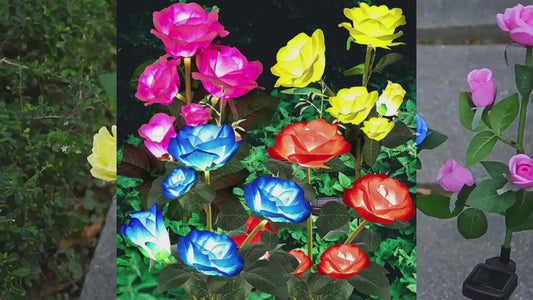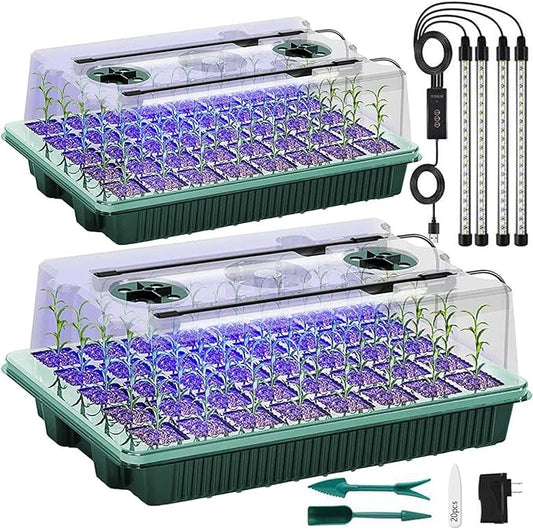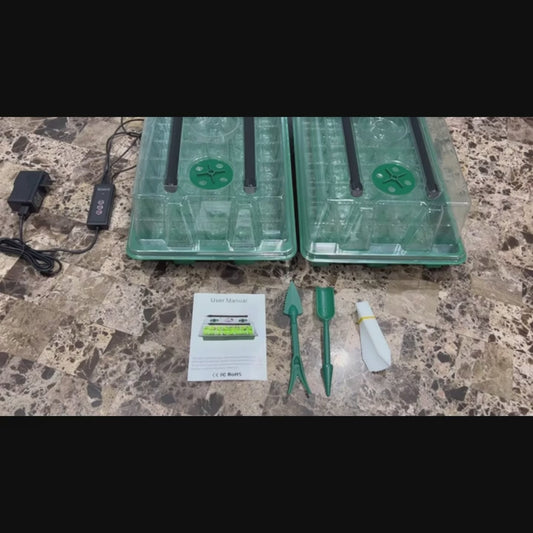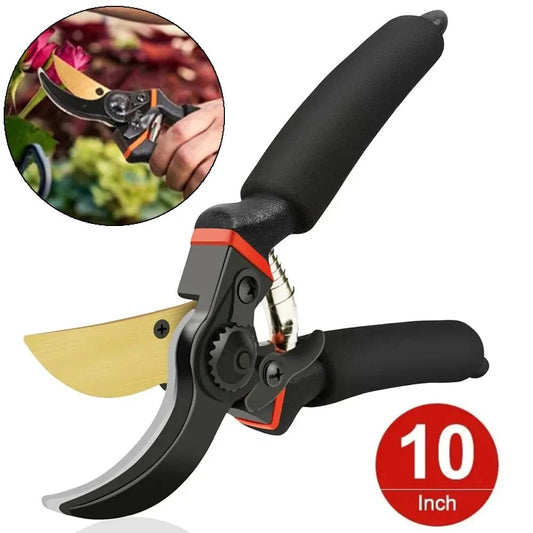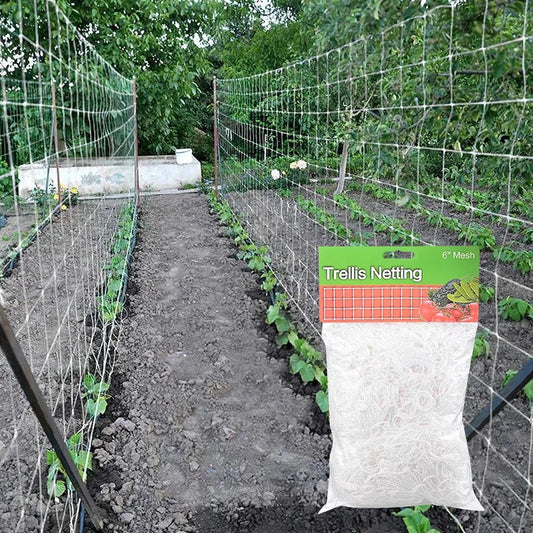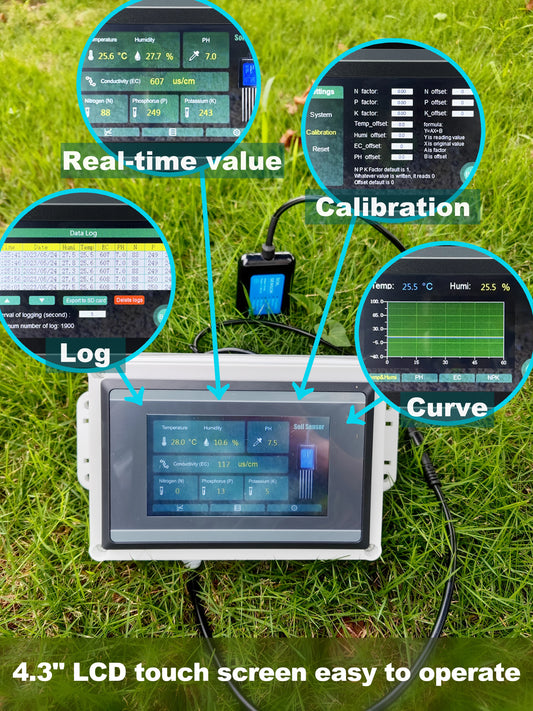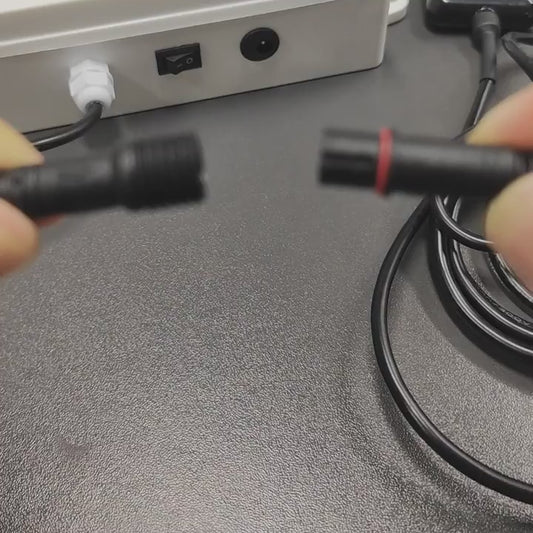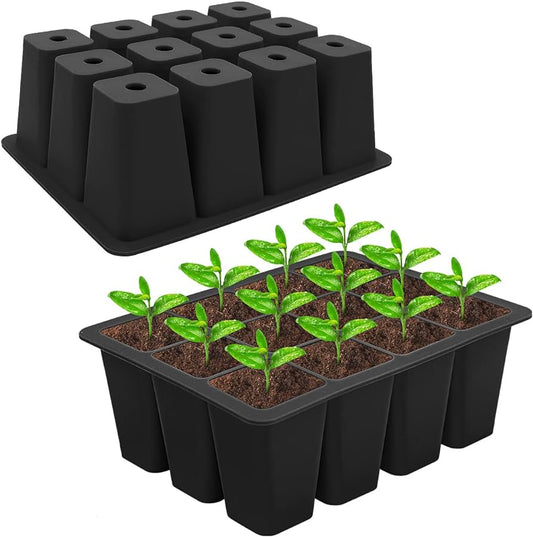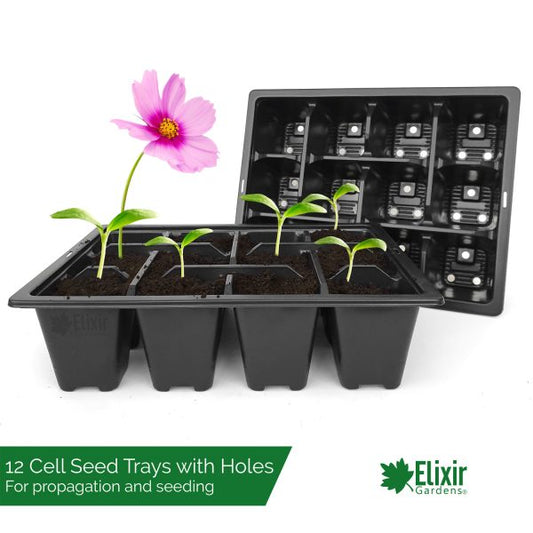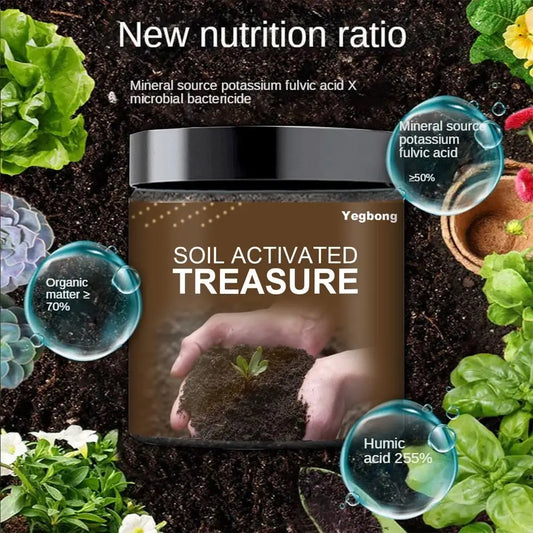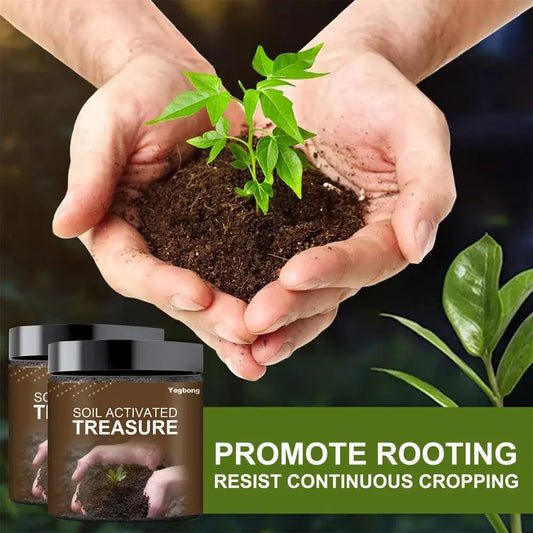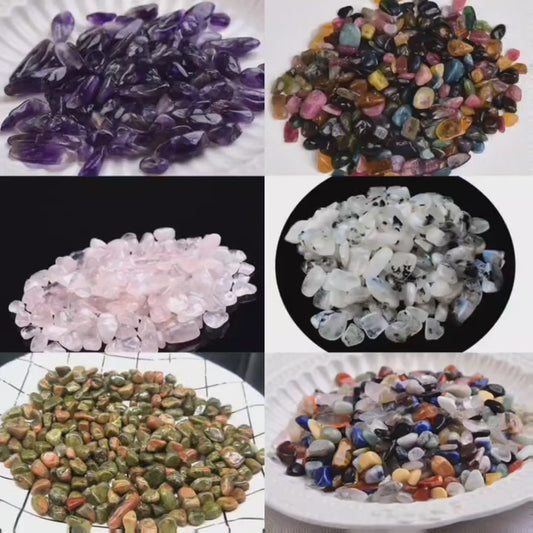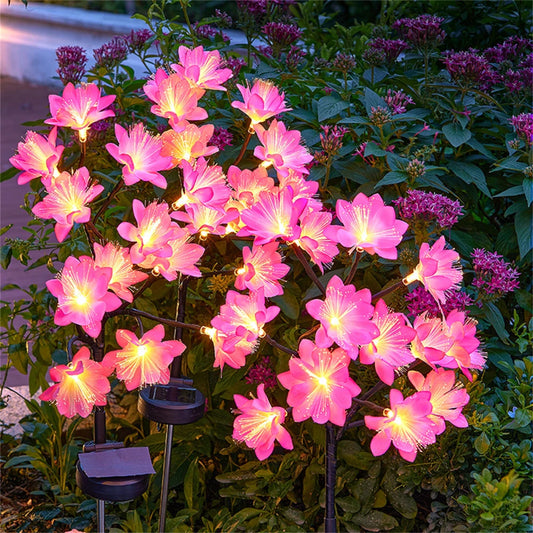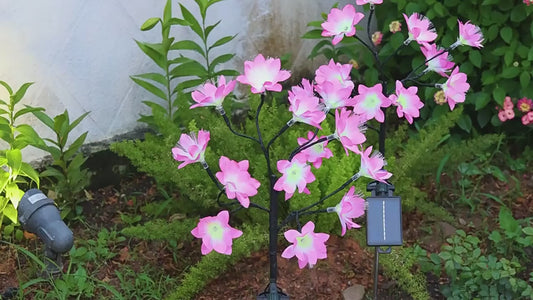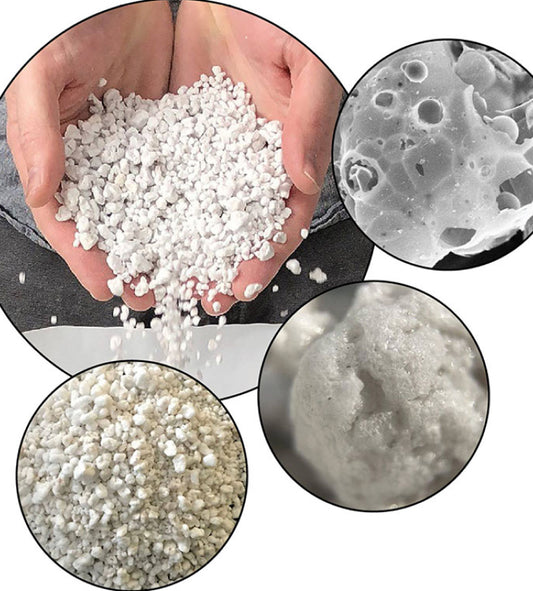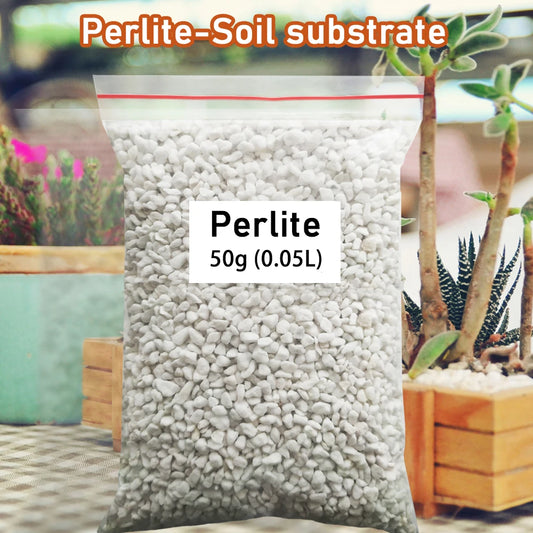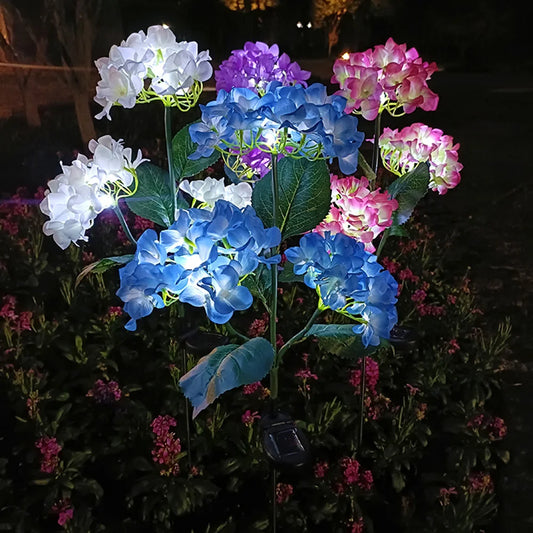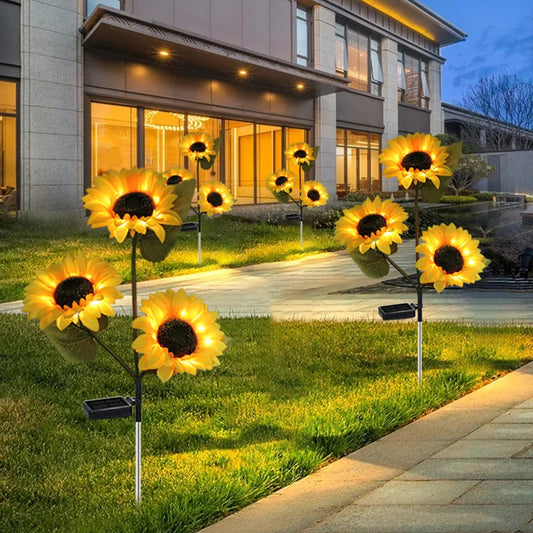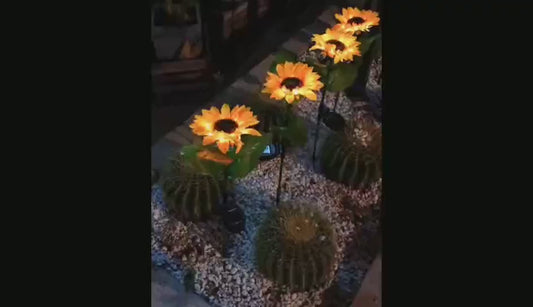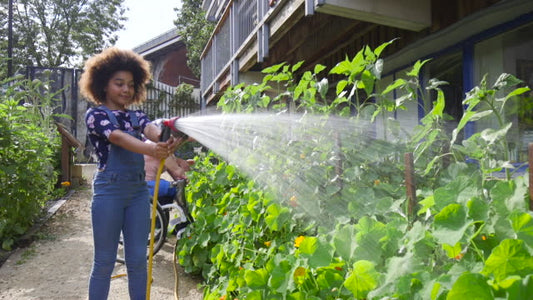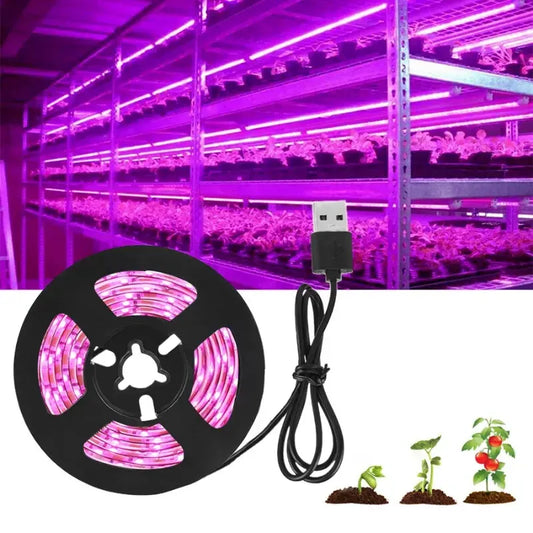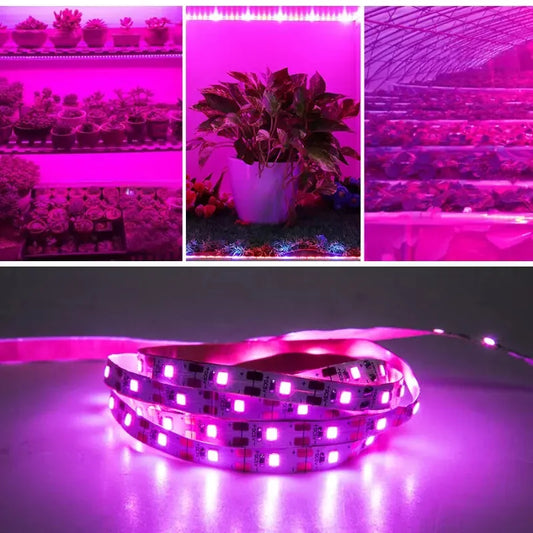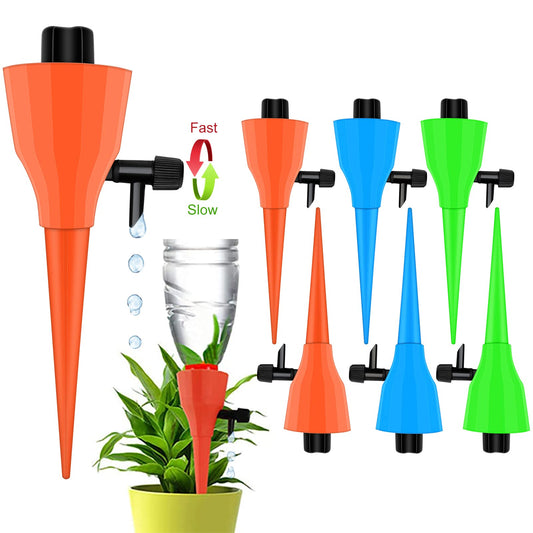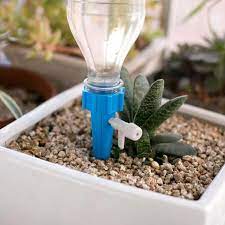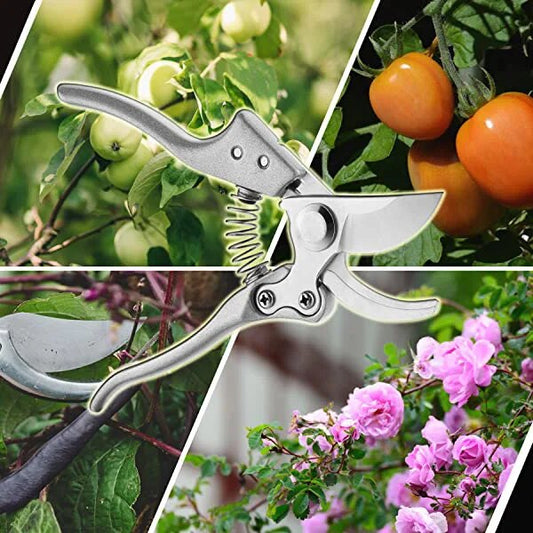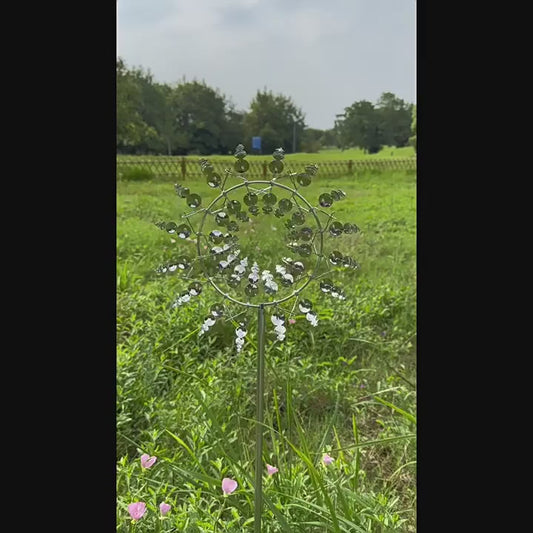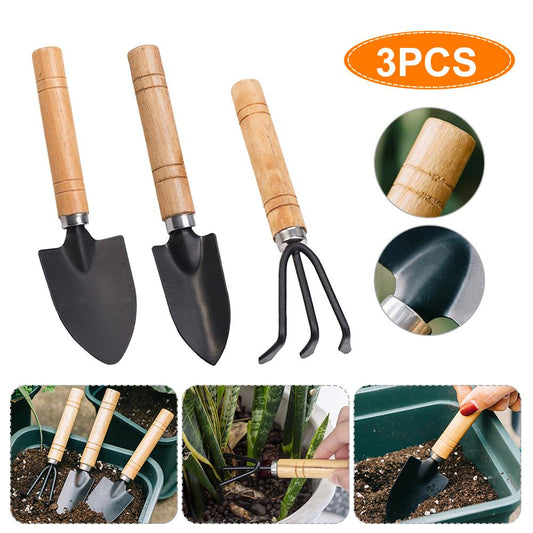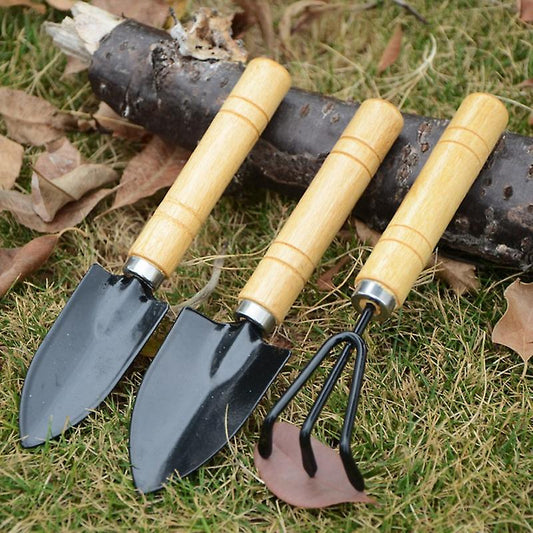The right season to grow vegetables in the US depends on where you live, as the country has a wide range of climates. Here's a general overview:
Spring (March-May):
- Cool-season vegetables: These vegetables thrive in cooler temperatures and can be planted as early as mid-March to mid-April in many parts of the country. Examples include lettuce, spinach, kale, broccoli, carrots, and beets.
- Warm-season vegetables: These vegetables need warmer temperatures and can be planted outdoors later in the spring, typically after the last frost. Examples include tomatoes, peppers, cucumbers, eggplant, and squash.
Summer (June-August):
- Warm-season vegetables: This is the prime time for growing warm-season vegetables. Many of these plants can be grown throughout the summer and into early fall.
- Succession planting: You can plant successive crops of cool-season vegetables in the summer for a fall harvest. For example, you could plant lettuce in early June and then again in late July for a second harvest in September.
Fall (September-November):
- Cool-season vegetables: Cool-season vegetables can be planted again in the fall for a late-season harvest.
- Overwintering vegetables: Some vegetables, such as kale, collard greens, and turnips, can be grown over winter in mild climates.
Winter (December-February):
- Greenhouse gardening: If you have a greenhouse, you can grow vegetables year-round.
- Southern states: In some southern states, such as Florida and California, you can grow vegetables outdoors year-round.
Here are some additional factors to consider when determining the best time to grow vegetables in your area:
- Your USDA hardiness zone: The USDA hardiness zone map divides the country into zones based on average winter temperatures. This can help you determine which vegetables are best suited for your climate.
- The specific vegetables you want to grow: Different vegetables have different temperature requirements. Be sure to research the specific needs of the vegetables you want to plant.
- Your microclimate: Your microclimate is the climate of your specific location, which can be different from the overall climate of your region. For example, if you live in a valley, your winters may be colder than the surrounding area.
The US Department of Agriculture (USDA) has divided the country into 11 hardiness zones, which are based on the average annual minimum temperature.
- Zones 3-6: These zones have colder winters, so the best time to plant vegetables is in the spring (after the last frost) and fall. Cool-season crops like lettuce, spinach, kale, and carrots do well in these zones.
- Zones 7-10: These zones have milder winters, so you can plant vegetables earlier in the spring and later in the fall. You can also grow warm-season crops like tomatoes, peppers, and squash in these zones.
- Zones 11-13: These zones have warm winters, so you can plant vegetables year-round. However, it's still important to consider the specific needs of each type of vegetable when planting.
Here is a general guide to the best time to plant vegetables in the US, based on hardiness zones:
-
Zones 3-6:
- Early spring: Lettuce, spinach, kale, carrots, beets, radishes
- Late spring: Tomatoes, peppers, eggplant, corn, beans
- Fall: Lettuce, spinach, kale, carrots, beets, radishes
-
Zones 7-10:
- Early spring: Lettuce, spinach, kale, carrots, beets, radishes
- Mid-spring: Tomatoes, peppers, eggplant, corn, beans
- Late spring: Okra, sweet potatoes, watermelon
- Fall: Lettuce, spinach, kale, carrots, beets, radishes
-
Zones 11-13:
- Plant vegetables year-round, but be aware of the specific needs of each type of vegetable.
It's also important to consider the microclimate in your area. For example, if you live in a city, the temperatures may be slightly warmer than in the surrounding countryside. You can also find planting guides specific to your state or region online or at your local nursery.
By considering these factors, you can choose the best time to grow vegetables in your US location and enjoy a bountiful harvest!

